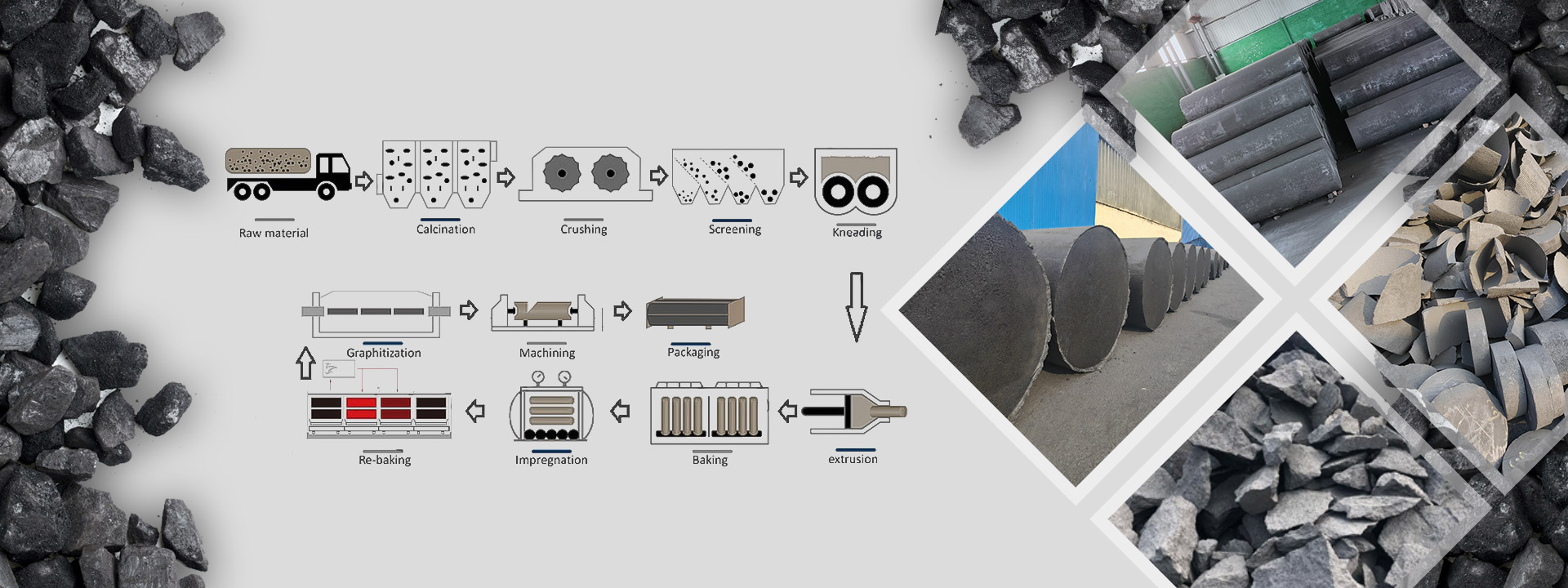Many of us need to know steel. It’s used by us in your everyday life. But have you noticed how to produce it? As well as what does it take to produce it? Simply the steel is made in the big factory which is cooked within a giant stove called furnace. And also the cooking itself takes so many ingredients inside.

The Blast Furnace and Electric Arc Furnace methods include the two major methods for producing iron and steel products. Scrap melting may be the major process utilizing Electric Arc Furnaces. Recently, industry competition is now increasingly intense, elevating the requirement of a lot more efficient melting process. Capacities of the transformers are becoming larger and electric furnaces are growing larger worldwide. On this manufacturing environment, graphite materials which may have durability for larger-power operation are expected far more for your use as Graphite Electrode (GE).
GE are produced from carbon. Carbon can be a nonmetal element with the atomic number of 6 along with the atomic symbol “C”. Carbon will be the base of organic chemistry, closely in connection with organic matter and life activity. Manufacturing excellent graphite electrodes requires quality materials that are strictly selected.
Graphite carries a higher heat transfer rating, potential to deal with higher temperatures, and it has more strength against thermal shock than other materials. Moreover, it excels in machinability to satisfy certain requirements for any broader range of dimensions. Thus, graphite will be the optimum material for scrap-melting electrodes.
GE can be consumed at high temperatures because of the reaction with oxygen to get CO, CO2. The oxidation of electrodes starts at 500oC and accelerates its speed at 800oC (inside furnace). Consumption of graphite electrodes by sublimation occurs at 3400o. The rate of sublimation is proportional on the increase of current density.
Meanwhile, use of quality GE leads to contributions to saving energy and environmental conservation. Electric arc furnaces, using the main objective of recycling steel scraps, market reuse of steel products.
Production organization of graphite electrodes could be divided as 10 stages the subsequent:
Raw material transporting
Kneading
Extruding
Baking
Pitch Impregnation
Re-Baking
Graphitization
Machining
Inspection
Shipment
The typical sizes for graphite electrodes come from diameter 10″ (inch) to 30″(inch) and from length of 60″(inch) to 110″(inch). The weights are starting from 123 Kgs (10″ x 60″) to 2060 Kgs (30″ x 110″).
For additional information about UHP graphite electrodes go to this useful web site: check
